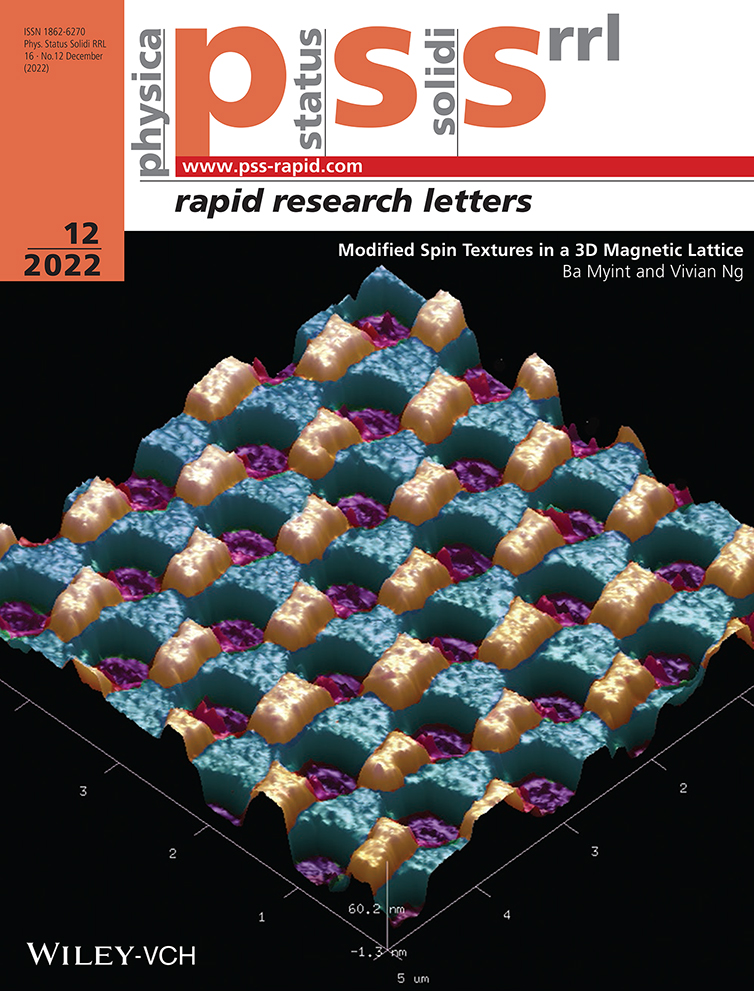Electronic State Coupling Between Structural Deformation and Surficial Defects in Co-Layered LaCoSi for Hydrogen Evolution Reaction
Abstract
The exploitation of the earth-abundant catalysts with high reactive activity for hydrogen evolution reaction (HER) remains a grand challenge, which is strongly related with their superficial electronic structure. Herein, the Co-layered LaCoSi material is proposed to disclose the electronic state coupling between structural strain and defect distribution, where the bonding interaction between reactants and catalysts can be affected by the electronic reconfiguration at reactive sites. Comprehensive first-principle calculations disclose that the catalytic activity of Co site can be obviously enhanced by tensile strain, and the antibonding interaction between Co and adsorbed hydrogen is also enforced. However, the introduced Si defect can make the neighboring Si atoms gain more 3d electrons from Co site, leading to a compressive-strain-response HER performance. The analysis about electronic structure demonstrates that the coupled electronic states play a critical role in enhancing HER performance. This work provides a new insight into designing new-type catalysts by considering the synergistic effect of surface strain and defect engineering.
Conflict of Interest
The authors declare no conflict of interest.
Open Research
Data Availability Statement
The data that support the findings of this study are available on request from the corresponding author. The data are not publicly available due to privacy or ethical restrictions.




